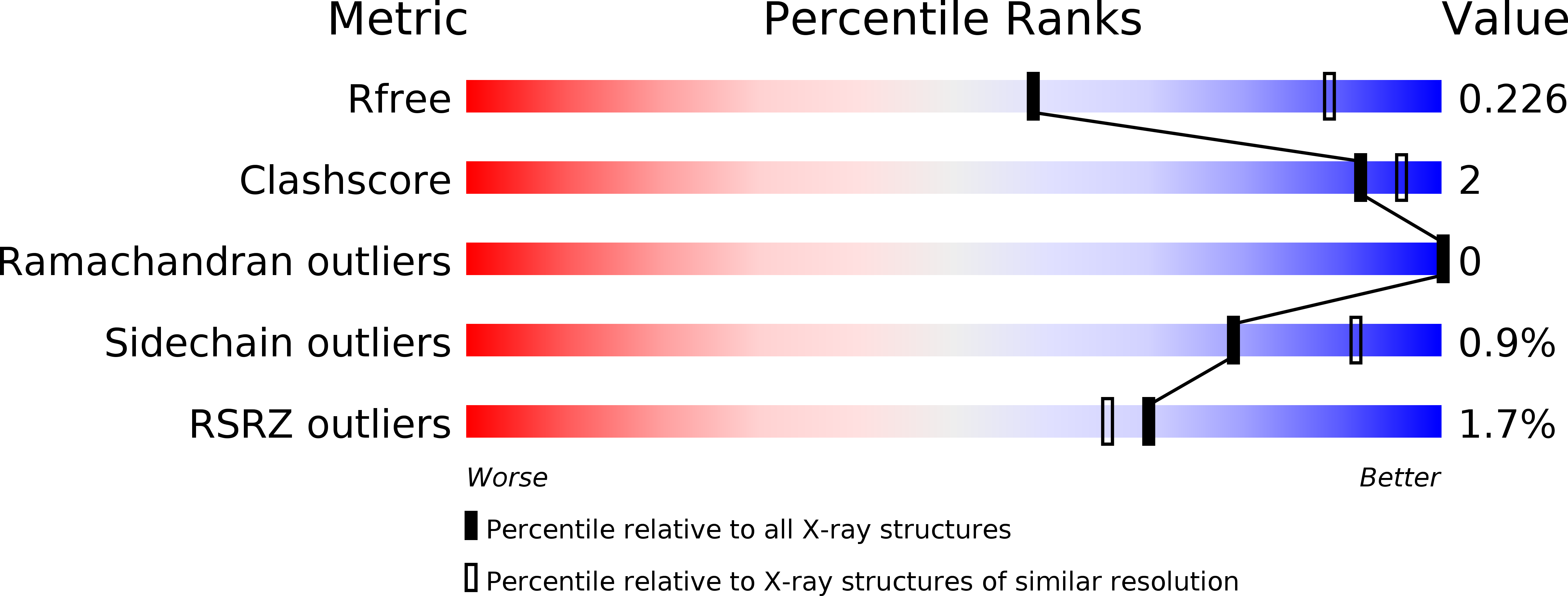
Deposition Date
2013-10-25
Release Date
2015-04-01
Last Version Date
2024-11-20
Method Details:
Experimental Method:
Resolution:
2.60 Å
R-Value Free:
0.24
R-Value Work:
0.20
R-Value Observed:
0.21
Space Group:
P 21 21 21


